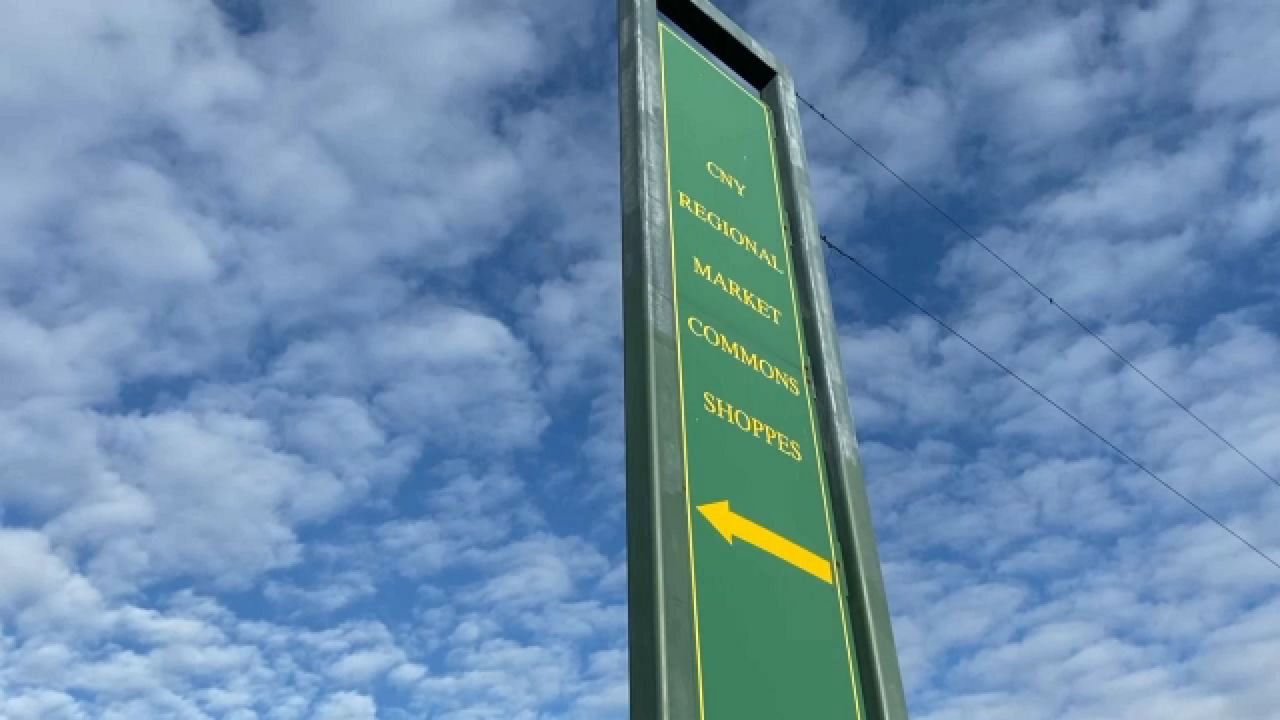While the historic buildings around us are an important part of the fabric of upstate cities, they aren’t always easy to maintain. And in some cases, regulations in historic districts or those used to get tax credits and grants to improve these buildings can be challenging.
The Central New York Regional Market Authority is falling apart and repairing it can be costly, according to Amanda Vitale, the executive director of the Central New York Regional Market Authority.
Vitale says she leads the organization that not only hosts the popular farmers market, but also organizations that provides fresh produce to areas experiencing extreme poverty, as well as Syracuse city schools.
“It’s really important to get fresh and healthy foods into the school district, as well as just into the community in general," she said.
She’s said she is running the organization at a time when it’s historic facilities dating back to 1938 and funded by the new deal are deteriorating at a rapid rate.
“With the freezing and thawing here in Syracuse this eventually broke the brick away from the building, she said.
Back in the 1990s, she said the previous executive director was able to get state funding for a restoration project to keep the buildings standing.
“The work all had to be done based on the way it was constructed in the 1930s, which meant no power tools, it meant using the same exact windows that were built in the 1930s," Vitale said.
She said the vast price tag of such work meant leaving the rusting steel support structure untouched.
“They didn’t have the money to actually fix the internal problems, they put a really nice façade to make it look good, but it left a lot of remaining issues that are original to the 1930s," she said.
To address those issues, she said the market took out a mortgage to do repairs, that this time will not receive state funding because of the massive cost of ensuring the work is done to historic standards.
But she said the organization will be seeking grants to construct new buildings on the property that will blend with the historic complex.
“We’re really looking for a way that we can preserve our history and historic structures and also create new and modernized spaces as well, she said.
Giving this 83-year-old icon the opportunity to pay tribute to its past, while ensuring it can live up to the demands of the present and the future.
“Nothing is set in stone yet, but we do know that we want to make sure that whatever it is that we construct is suitable for our current tenants," Vitale said.
